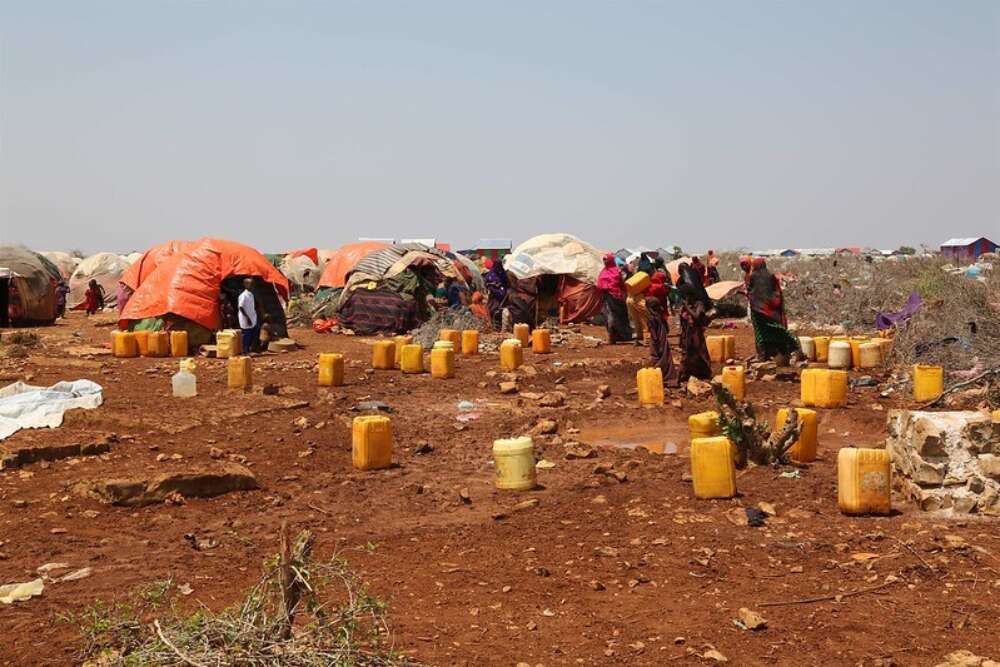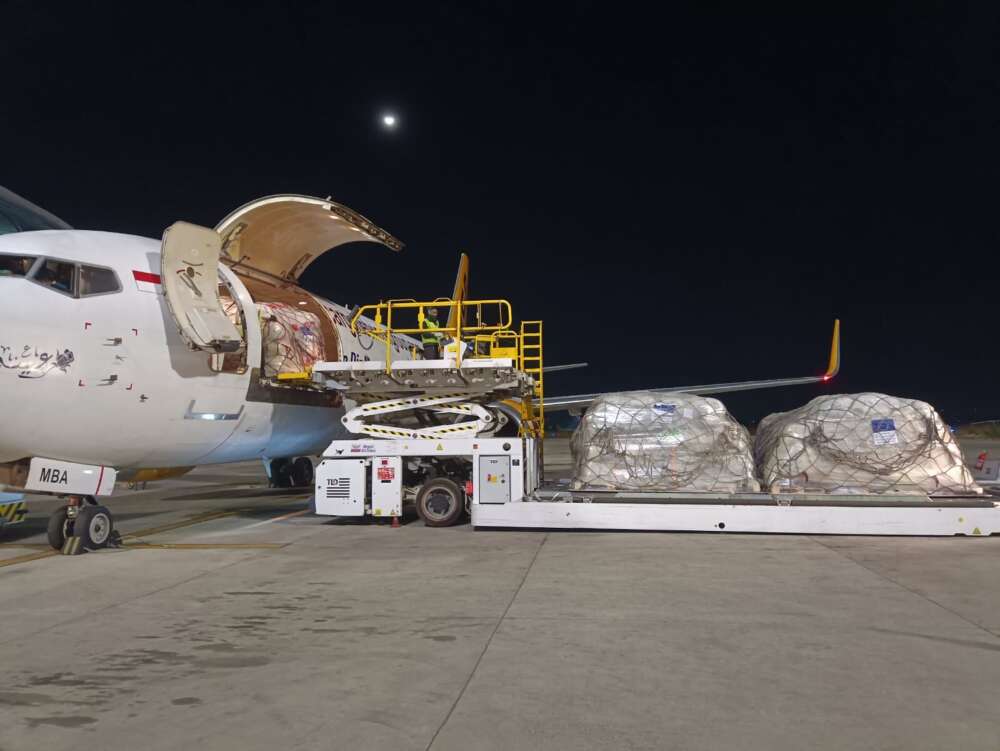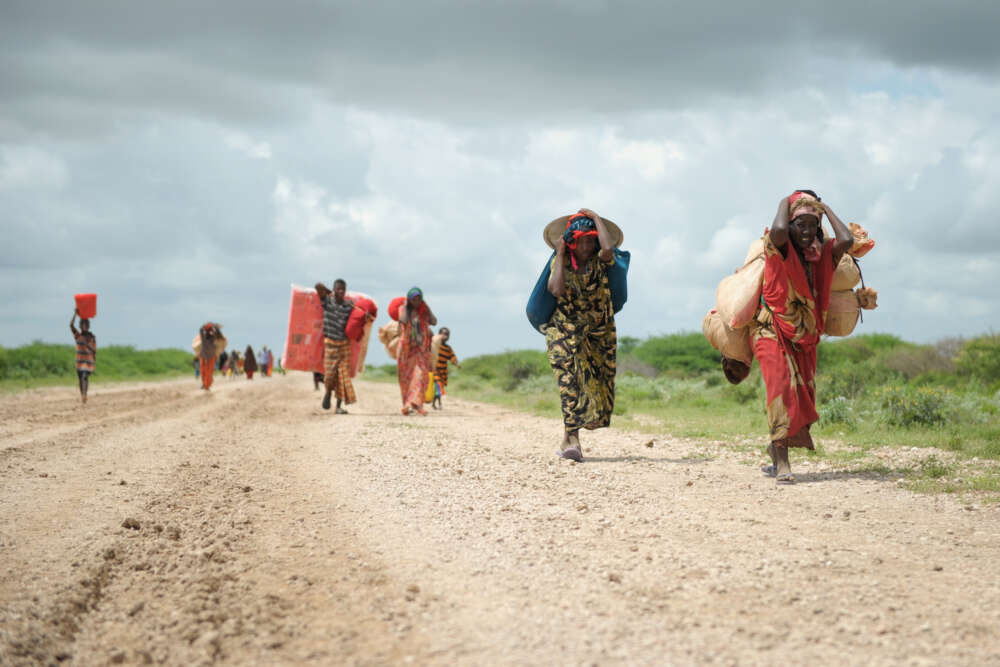A Humanitarian Reset Has Started: It’s Time to Act on What We Already Know

The humanitarian system is under fire like never before. It’s not just the United States government that is slashing its aid contributions; most other major donors are also cutting their funding significantly. And not just billionaires questioning the legitimacy of aid; some local activists are also saying good riddance to the Western-dominated legacy system. United Nations leadership has already proclaimed a “humanitarian reset,” and there is no shortage of broad calls from experts to reimagine the aid system and vague statements asking established aid organizations to let go of power.
What these critics fail to recognize is that we are sitting on a treasure trove of evidence that shows how humanitarians can work in ways that do not create dependencies, alongside simplified development responses that scale what works: decades of systematically conducted evaluations, peer reviews and “lessons learned” exercises in the UN-led humanitarian system do not just identify achievements and shortcomings but also provide concrete suggestions for change. Now is the time to implement them.
One tangible example is the recent inter-agency evaluation of the humanitarian response to Somalia’s worst drought in four decades – which unfolded in a context beset by violence and conflict. This evaluation echoes findings from other emergency contexts, providing evidence-based lessons that can help us move beyond the shock and toward necessary reform.
Evaluations show that, despite warranted criticism, the humanitarian system works. In Somalia, timely humanitarian assistance averted what was projected to be a devastating famine. Millions of people received critical food aid, significantly improving survival and health outcomes. An impressive 96 percent of malnourished children made full recoveries. Communities themselves affirmed that, without this support, many more lives would have been lost. These are not abstract wins; they are tangible, measurable outcomes. They remind us why the humanitarian system exists.
But we must also acknowledge where the system falls short. Too often, it succeeds in spite of itself. In Somalia, as elsewhere, coordination structures became overly complex, weighed down by institutional mandates and overlapping working groups. The result was a fragmented response, diluted by bureaucracy. The evaluation suggests that the coordination footprint could be cut in half, saving important resources, without sacrificing effectiveness.
We also need to reflect more honestly on the long-term impacts of a humanitarian presence. In Somalia and other protracted crisis contexts, humanitarian aid has shaped migration patterns and urban growth in ways that are not always beneficial. Evaluations suggest that to avoid these unintended impacts, assistance must account for the incentives it creates and focus on the long-term sustainability of its intended outcomes. In his call for a “humanitarian reset”, the UN humanitarian chief asks humanitarians to re-focus on the short-term mission of saving lives. Evidence collected over decades calls for the opposite: to get out of protracted life-saving missions much faster and invest more of the humanitarian budget in resilience and the transition to sustainable solutions.
Some of the most promising reforms, like pooled funds, are already in place, but they remain underused. For example, although the Somalia Humanitarian Fund accounts for just 5 percent of overall humanitarian funding to Somalia, during the recent response, it addressed urgent gaps and supported local actors more nimbly than funds flowing through UN agencies and international NGOs. Scaling this approach – allocating around 50 percent of overall funding through pooled mechanisms and increasing the share directed to national organizations – could help realize the longstanding goal of aid localization. It could also make aid more cost-efficient and more focused on sustainable solutions.
Finally, evidence from Somalia shows that the system can change when leadership makes change a priority. For years, aid diversion in Somalia was an open secret, acknowledged privately but ignored publicly. That changed. Through committed leadership from the Humanitarian Coordinator, key donors, and agencies willing to break the silence, this once-taboo issue became a shared responsibility. Today, corruption is approached not with denial, but with risk management and realism. It’s a powerful example of what’s possible when we stop pretending that the status quo is good enough.
Evaluations like this one provide a rich foundation for reform, if decision-makers choose to use them. The next steps are clear. Agency heads, humanitarian coordinators, donors: the tools are in your hands. What’s needed now is not fancy titles for timid reforms, but the courage to follow through and implement the concrete changes we know would make a difference. The system can deliver. The evidence is there. Let’s make sure the future is, too.







